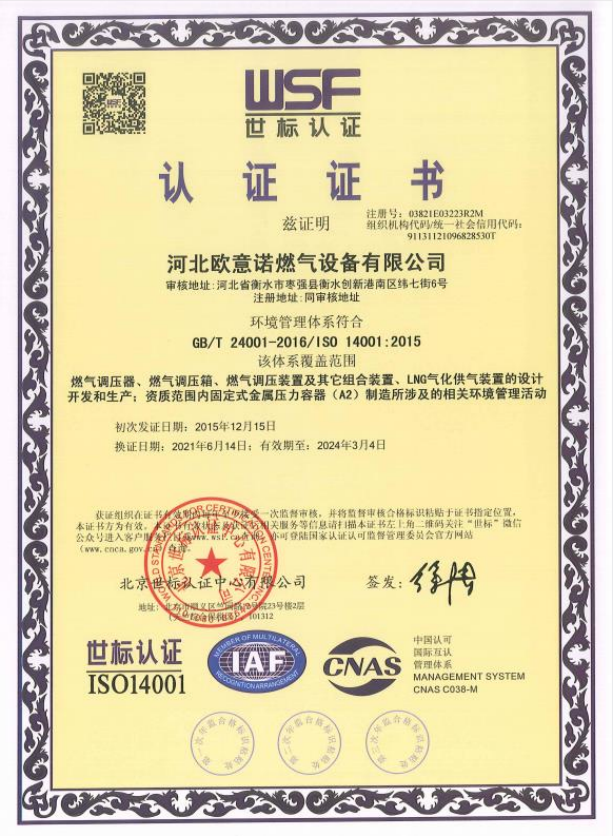
Aug . 30, 2024 12:23
Back to list
LNG (Liquefied Natural Gas) - Clean Energy for a Sustainable Future
Understanding Liquefied Natural Gas (LNG) A Comprehensive Overview
Liquefied Natural Gas (LNG) is emerging as a crucial component in the global energy landscape. With the ever-increasing demand for cleaner energy sources, LNG is positioned as a viable alternative to traditional fossil fuels. This article delves into the importance of LNG, its production process, benefits, and future prospects.
LNG is natural gas that has been cooled to a liquid state at about -162 degrees Celsius (-260 degrees Fahrenheit). This process reduces the volume of natural gas by approximately 600 times, making it easier and more economical to transport over long distances, especially where pipelines are impractical. The journey of LNG begins with natural gas extraction from beneath the Earth's surface. Once extracted, the gas undergoes purification to remove impurities and contaminants such as water, carbon dioxide, and hydrogen sulfide.
.
One of the key benefits of LNG is its environmental advantage. Compared to coal and oil, LNG produces significantly lower emissions of greenhouse gases such as carbon dioxide and sulfur dioxide when burned. This makes it a more environmentally friendly option, helping to mitigate climate change impacts. Additionally, LNG is a versatile energy source that can be used across various sectors, including power generation, transportation, and industrial processes.
الغاز الطبيعي المسال

In the transportation sector, LNG is increasingly being used as a cleaner alternative for ships and heavy-duty vehicles. Many shipping companies are transitioning to LNG-powered vessels, which not only reduces emissions but also complies with stricter international regulations aimed at curbing pollution in maritime traffic. Similarly, several governments are encouraging the adoption of LNG in public transportation and freight systems.
The global LNG market has witnessed tremendous growth in recent years. Countries like the United States, Qatar, and Australia are among the leading producers, while emerging markets in Asia, particularly China and India, are expected to drive demand. As countries worldwide strive to transition to cleaner energy sources, the demand for LNG is anticipated to continue to rise.
However, the LNG industry does face challenges. The high upfront costs associated with the construction of liquefaction plants and regasification terminals can be a significant barrier to entry. Additionally, fluctuations in natural gas prices and competition from renewable energy sources, such as wind and solar, can impact the long-term viability of LNG.
In conclusion, Liquefied Natural Gas is poised to play a pivotal role in the global energy transition. Its benefits, including lower emissions and versatility across multiple sectors, make it an attractive option for countries seeking to reduce their carbon footprints. As technological advancements continue to improve the efficiency of LNG production and transportation, and as global energy demands evolve, LNG will likely become an integral component of a sustainable energy future. The challenges faced by the LNG industry highlight the need for continued innovation and investment to ensure its growth and sustainability in the years to come.
Next:
Latest news
-
Safety Valve Spring-Loaded Design Overpressure ProtectionNewsJul.25,2025
-
Precision Voltage Regulator AC5 Accuracy Grade PerformanceNewsJul.25,2025
-
Natural Gas Pressure Regulating Skid Industrial Pipeline ApplicationsNewsJul.25,2025
-
Natural Gas Filter Stainless Steel Mesh Element DesignNewsJul.25,2025
-
Gas Pressure Regulator Valve Direct-Acting Spring-Loaded DesignNewsJul.25,2025
-
Decompression Equipment Multi-Stage Heat Exchange System DesignNewsJul.25,2025

